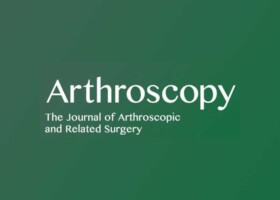
Authors:
Peter J Millett, Trevor R Gaskill
Abstract:
Glenohumeral arthrosis frequently results in substantial discomfort and activity limitations. Shoulder arthroplasty has been shown to provide reliable pain relief under these circumstances in older, less active populations. Younger patients, however, who desire to continue participation in high-demand activities, may not be optimal candidates for glenohumeral arthroplasty. Arthroscopic debridement has been reported to provide incomplete symptomatic relief in this cohort of patients. It is evident from cadaveric studies that the axillary nerve runs in close proximity to the inferior glenohumeral capsule. An inferior humeral osteophyte of sufficient size may compress the axillary nerve and potentially contribute to posterior shoulder pain in a manner similar to quadrilateral space syndrome. Therefore we present a technique for and early results of the arthroscopic management of glenohumeral arthrosis in young, high-demand patients. This technique combines traditional glenohumeral debridement and capsular release with inferior humeral osteoplasty and arthroscopic transcapsular axillary nerve decompression. In the appropriate patient, these additions may provide symptomatic relief that is greater than that with simple debridement alone.
For the complete study: Arthroscopic Management of Glenohumeral Arthrosis: Humeral Osteoplasty, Capsular Release, and Arthroscopic Axillary Nerve Release as a Joint-Preserving Approach
